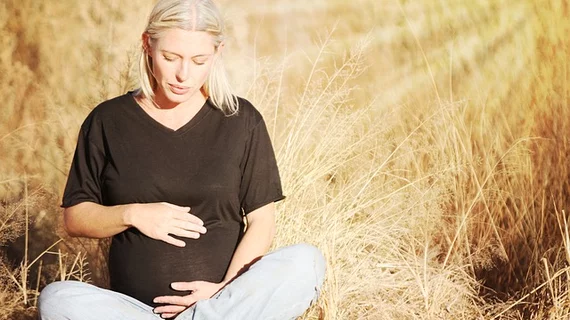Women struggling to get pregnant seek help from fertility apps, devices
More women are using fertility apps and wearable devices to help their chances of getting pregnant, according to a report by the New York Times.
According to the report, more women are putting off marriage and children later in their lives. However, conception is usually a challenge for older women. Since 2010, the birthrate among women under 30 has been falling steadily, while it’s been rising for women in their late 30s and older.
Now, several apps and devices help track a woman’s menstrual cycles and most fertile days. One is the Ava bracelet—a device that’s worn on the wrist at night and uses sensors to identify the five most fertile days in a woman’s monthly cycle to improve her odds of conception.
According to the report, the bracelet collects data on several parameters, including skin, temperature, resting pulse rate, breathing, sleep movement and stress levels while a women sleeps. It’s also limited to women with cycles between 24 and 35 days.
“Once the bracelet is synced to the person’s phone in the morning, Ava’s proprietary algorithm achieves an 89 percent accuracy rate at detecting 5.3 fertile days each cycle,” the report states.
“I didn’t have to worry about peeing on a stick and stressing out,” Krystal Noon, a 30-year old who struggled for months to conceive before using Ava, said in the report. She conceived two months after using Ava. “I would just put this bracelet on at night, and it does all the work.”
To read the full report by the New York Times, click the link below:

